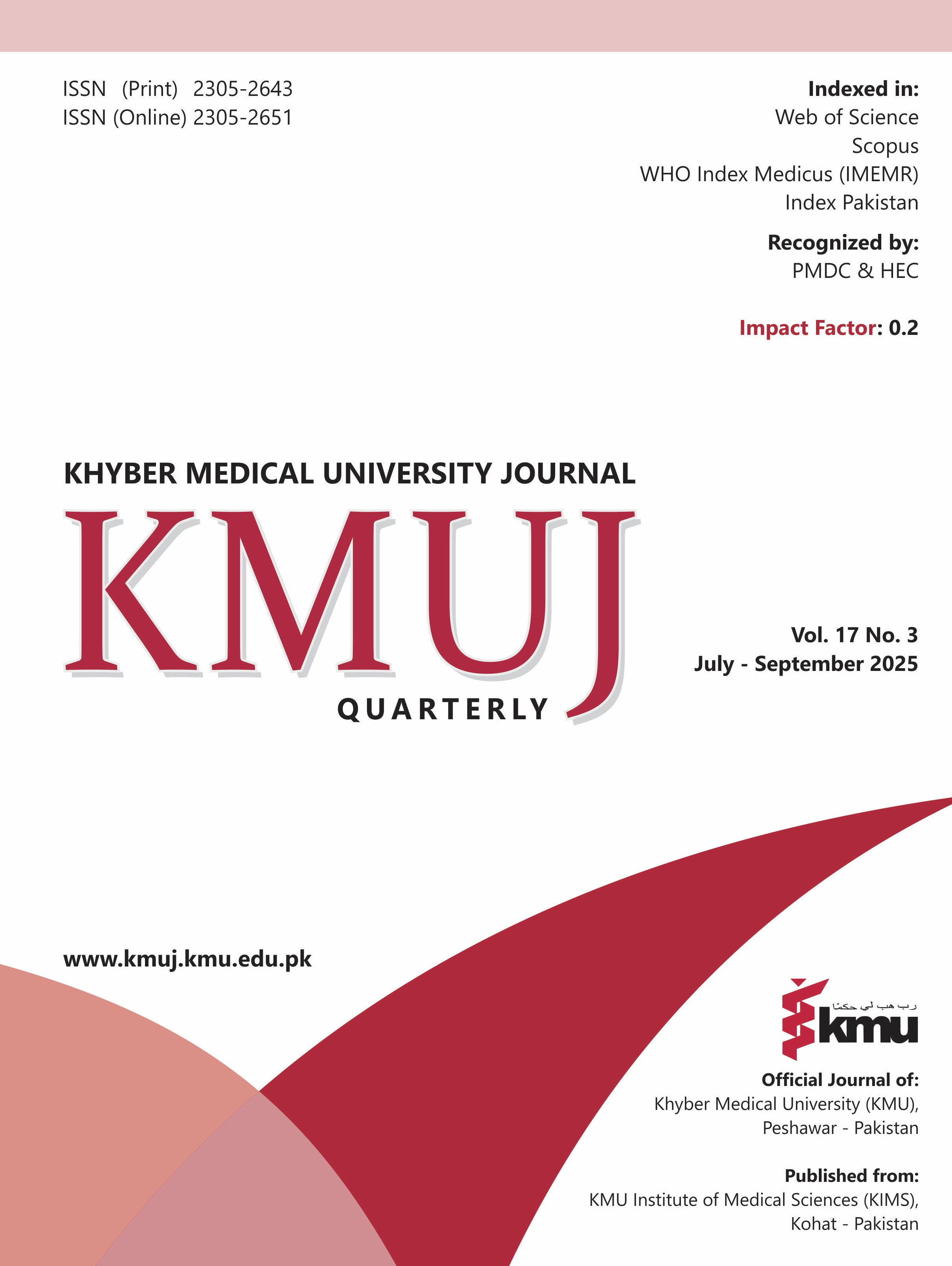Wearable devices for xerostomia management in acute myeloid leukemia: a case report
Main Article Content
Abstract
Background: Xerostomia, or dry mouth, is a frequent and distressing complication among patients undergoing cancer treatment, significantly impairing quality of life. Conventional therapies are often limited by side effects and poor patient compliance. Reports on wearable devices for its monitoring are limited; this case highlights an innovative approach.
Case Presentation: We present the case of a 74-year-old male with acute myeloid leukemia under supportive care who reported persistent xerostomia of moderate severity (2–4 on a 0–10 scale). His medical history included avascular necrosis, previous bone marrow transplantation with acute graft rejection, and multiple cardiac surgeries. The patient was on hydroxyurea, calcitriol, oxycodone, and acetazolamide. Clinical examination revealed oral soft tissue changes consistent with vascular ulceration, and salivary flow was objectively assessed through timed unstimulated saliva collection. To enhance symptom monitoring, the patient was instructed to wear a wristband-based device for seven days, recording physiological indicators of salivary function alongside subjective symptom intensity. Baseline and post-intervention serum and saliva parameters were collected, and patient-reported outcomes were evaluated using standardized quality of life questionnaires. The intervention demonstrated improved symptom awareness, better patient–clinician communication, and enhanced engagement in self-management.
Conclusion: This case highlights the feasibility and potential utility of wearable devices in monitoring and managing xerostomia in leukemia patients. Despite limitations such as technical adaptation and restricted availability of comparable studies, wearable technology provided meaningful data to guide individualized care. Further research is warranted to validate these findings and explore integration into routine clinical practice.
Article Details

This work is licensed under a Creative Commons Attribution 4.0 International License.
Work published in KMUJ is licensed under a
Creative Commons Attribution 4.0 License
Authors are permitted and encouraged to post their work online (e.g., in institutional repositories or on their website) prior to and during the submission process, as it can lead to productive exchanges, as well as earlier and greater citation of published work.
(e.g., in institutional repositories or on their website) prior to and during the submission process, as it can lead to productive exchanges, as well as earlier and greater citation of published work.
References
1. Proctor GB, Shaalan AM. Disease-Induced Changes in Salivary Gland Function and the Composition of Saliva. J Dent Res 2021;100(11):1201-9. https://doi.org/10.1177/00220345211004842
2. Jacob LE, Krishnan M, Mathew A, Mathew AL, Baby TK, Krishnan A. Xerostomia - A Comprehensive Review with a Focus on Mid-Life Health. J Midlife Health 2022;13(2):100-106. https://doi.org/10.4103/jmh.jmh_91_21
3. Popović ŽV, Thiha A, Ibrahim F, Petrović BB, Dahlan NA, Milić L, et al. Oral micro-electronic platform for temperature and humidity monitoring. Sci Rep 2023;13(1):21277. https://doi.org/10.1038/s41598-023-48379-9
4. Alwaheidi HAA, O'Toole S, Bernabé E. The interrelationship between xerogenic medication use, subjective oral dryness and tooth wear. J Dent. 2021;104:103542. https://doi.org/10.1016/j.jdent.2020.103542
5. Radin JM, Quer G, Jalili M, Hamideh D, Steinhubl SR. The hopes and hazards of using personal health technologies in the diagnosis and prognosis of infections. Lancet Digit Health 2021;3(7):e455-61. https://doi.org/10.1016/s2589-7500(21)00064-9
6. Iqbal SM, Mahgoub I, Du E, Leavitt MA, Asghar W. Advances in healthcare wearable devices. NPJ Flex Electron 2021;5:9. https://doi.org/10.1038/s41528-021-00107-x
7. Gill SK, Barsky A, Guan X, Bunting KV, Karwath A, Tica O, et al. Consumer wearable devices for evaluation of heart rate control using digoxin versus beta-blockers: the RATE-AF randomized trial. Nat Med 2024;30(7):2030-6. https://doi.org/10.1038/s41591-024-03094-4
8. Solanky MD, Gupta S. Brain and Behavior: Blending of Human and Artificial Minds Toward Stress Recognition and Intervention in Organizational Well‐Being. In: Balamurugan S, Pathak S, Jain A, Gupta S, Sharma S, Duggal S (eds) Impact of Artificial Intelligence on Organizational Transformation. 2022. pp: 201-27. https://doi.org/10.1002/9781119710301.ch13
9. Yamamoto T, Miyake Y, Kato T, Nakagawa M, Yamamoto H. Wearable system for promoting salivation. In: Proceedings of the 2021 CHI Conference on Human Factors in Computing Systems; 2021 May 8–13; Yokohama, Japan. New York: ACM; 2021. pp. 1-10. https://doi.org/10.1145/3458709.3458993
10. Rao RS, Akula R, Satyanarayana TSV, Indugu V. Recent advances of pacemakers in treatment of xerostomia: A systematic review. J Int Soc Prev Community Dent 2019;9(4):311-5. https://doi.org/10.4103/jispcd.JISPCD_389_18
11. Kim HS, Lee JH, Kim YJ, Park YJ, Lee SH. Prediction of dry mouth condition using radiomics features from tongue images. Appl Sci 2024;14(22):10118. https://doi.org/10.3390/app142210118
12. Silva F, Oliveira J, Pereira A, Santos M. Evaluation of salivation promotion by odor, pressure, and thermal stimulation using a wearable device. Med Devices Sens 2024;7(1):e33. https://doi.org/10.1002/mds3.33
